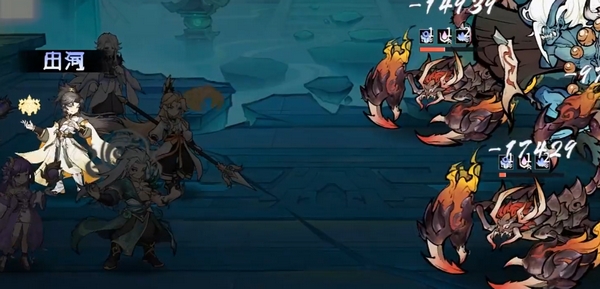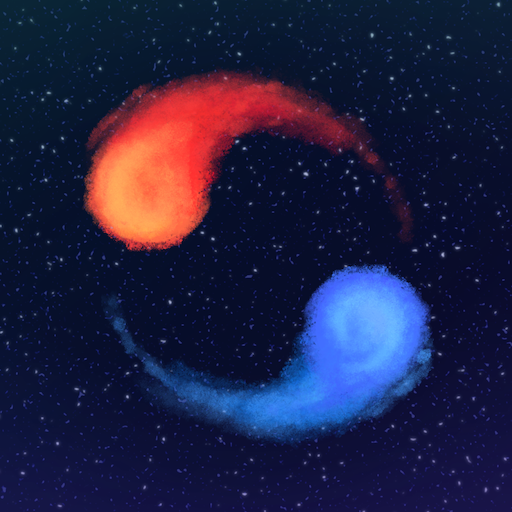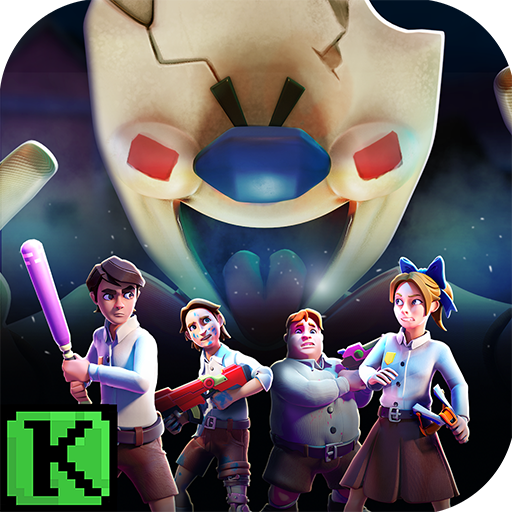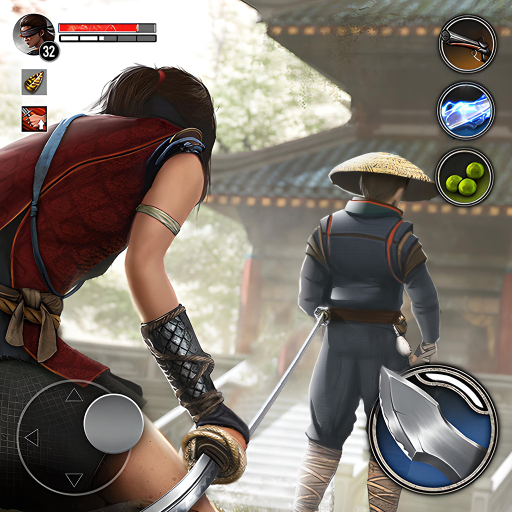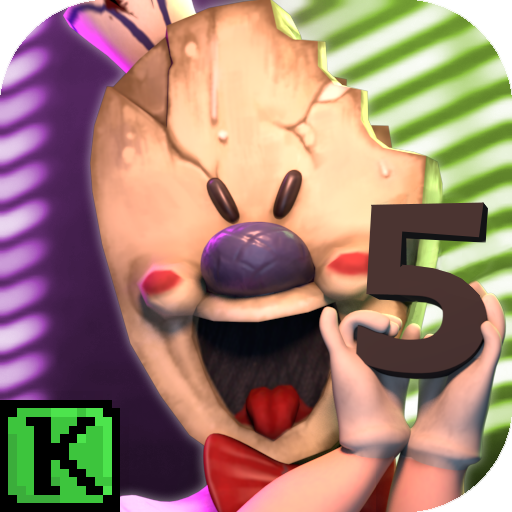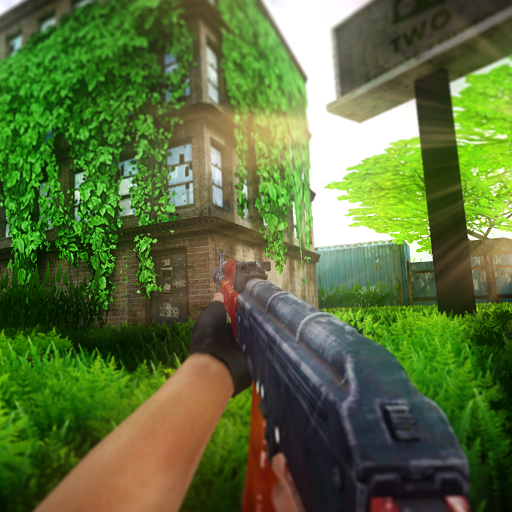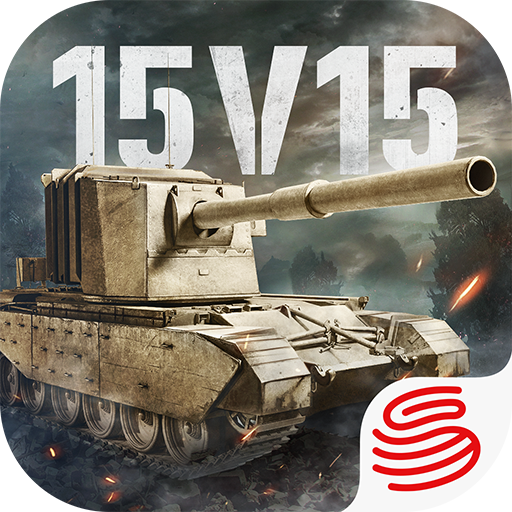Dance of Ice and Fire is very similar to the Rhythm Doctor series, developed by the same team. They make players fall in love with musical rhythms through a simple gameplay. Although it seems simple and lacks fancy audio-visual effects, it offers a rich rhythmic experience. Today, I will share some tips for beginners to pass levels in the new universe game of Dance of Ice and Fire. Players advance along the path according to the beat and drum points, going through a variety of levels.
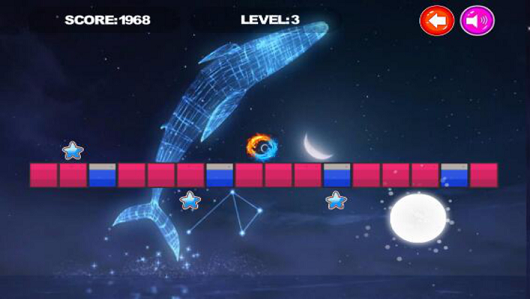
This game, although seemingly simple, has many small tricks. First, players need to calibrate, setting up automatic or manual calibration to synchronize and update the game time. The timing and rule judgment in the game are very strict. Players can choose a lenient judgment mechanism to quickly clear the levels.
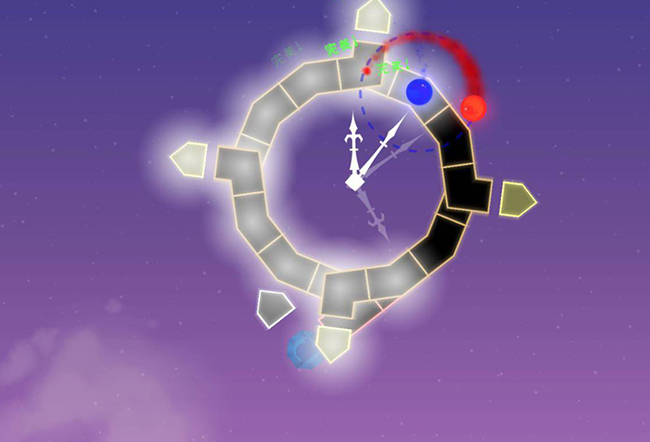
Secondly, during the formal challenge phase, players should carefully listen to the music, enjoy the rhythm, and complete related operations according to specific beats, controlling the two balls to be in sync with the blocks at precise angles. When the music beat is activated, the player presses accurately, triggering visual effects, bringing both auditory and visual enjoyment. If the angle is within a smaller range, the game judges it as perfect; otherwise, it might be too fast, too slow, etc., failing to achieve a three-star clearance and unable to unlock hidden levels.
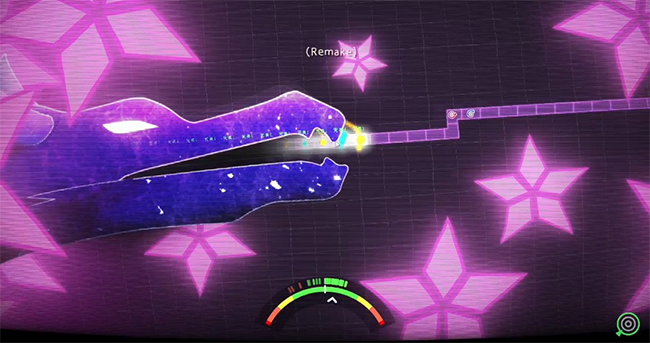
Finally, besides challenging the pre-set music levels, players can also accept self-uploaded sheet music to start level challenges. The game updates quickly, adding many chapters and levels later on, allowing players to participate in more music level challenges.
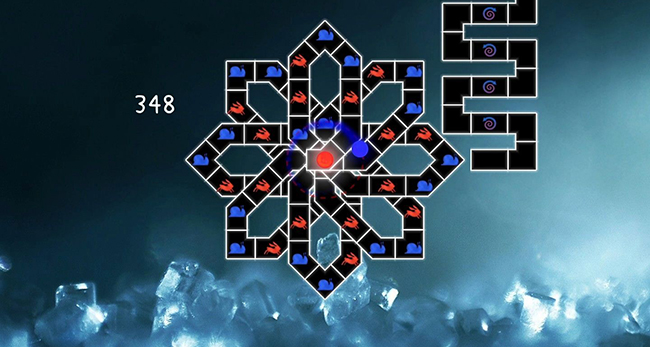
In summary, in the new universe of Dance of Ice and Fire, set against the backdrop of a vast starry sky, players alternate between advancing with fireballs and iceballs, needing to control the planets, dodge obstacles, and pay attention to listening, operating according to the beat, drum points, and other melodies. It is very friendly to new players, allowing novice players to freely choose the difficulty.

